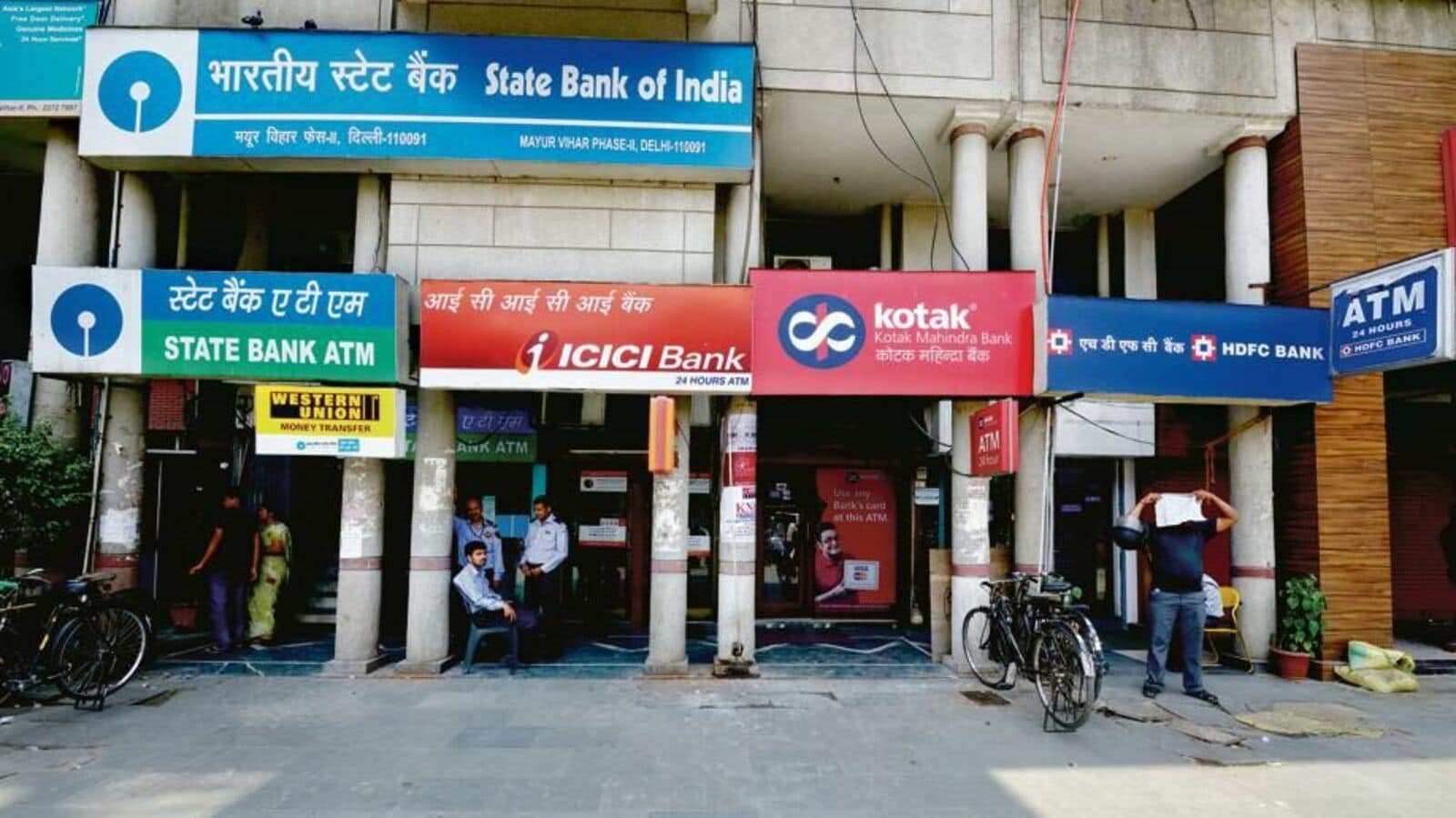Trends in Financial Investments: A Closer Look at FPIs and Mutual Funds
Recent patterns indicate foreign portfolio investors (FPIs) exhibit volatile behavior regarding investments in finance and banking stocks, often alternating between aggressive buying phases and subsequent selling periods. This trend has drawn the interest of market analysts as they observe shifts in investment strategies and asset preferences.
Throughout the year, FPIs demonstrated a significant sell-off of financial stocks in January and February, which was followed by a resurgence of interest in March. However, this optimistic trend was not sustained, as selling was evident again in April and May. June brought another brief period of purchasing, only for the selling trend to reappear in July and August.
Domestic Mutual Funds and Sector Allocations
Contrasting this, domestic mutual funds have adjusted their strategies, showing an increase in fund allocations for non-banking financial companies (NBFCs) while simultaneously reducing their investments in both private and public sector banks. A report by Motilal Oswal Financial Services in September detailed these changes, illustrating a shift in market dynamics.
Of particular note, the allocation weight of private banks in mutual funds plummeted to a nearly six-year low of 15.9% in August—down 20 basis points month-over-month and 330 basis points year-over-year. This suggests a growing distinction between investor confidence in traditional banking compared to alternative financial institutions, like NBFCs.
Stock Performance and Market Sentiment
Over a three-month span, the Nifty Bank index recorded a modest gain of around 1%, while the Nifty Private Bank index saw a slightly better performance at 1.5%. This pales in comparison to the Nifty 50, which surged by 7% during the same period, indicating a divergence in market sentiment towards different sectors.
Manish Jain, head of fund management at Centrum, pointed out key issues such as slowing credit growth, challenges in raising deposits, and net interest margin (NIM) compression, which contribute to an underweight position in banks. Jain clarified that this perspective does not extend to the entire banking, financial services, and insurance (BFSI) sector, as certain segments continue to present attractive growth opportunities.
NBFCs: The Emerging Favor
Jain expressed optimism about mid- and small-cap NBFCs, especially those involved in affordable housing finance. He regards this sector as increasingly appealing, emphasizing that while caution persists with traditional banks, the non-banking BFSI space promises substantial growth potential. This trend is reinforced by a noted drop in the weight of financial stocks, encompassing banks and NBFCs, within key indices. The weight in the Nifty 50 fell from 32.0% in July 2023 to 27.7% presently, reflecting a broader market reallocation.
Key Factors Impacting Banking Stocks
Investment firm PhillipCapital reported that the decline in financial stock weights is primarily attributed to HDFC Bank’s underperformance, despite its recent merger with Housing Development Finance Corporation. Concerns over sluggish loan growth, high credit-deposit ratios, and overall deposit growth are complicating the outlook for the banking sector, with HDFC Bank’s ratio reaching 104% at the end of March, indicating stress in funding.
In contrast, NBFCs have gained traction, capturing market share as banks take a more cautious lending approach. Emkay Global Financial Services highlighted the aggressive expansion of NBFCs into non-traditional banking sectors, such as small and medium enterprise financing and affordable housing loans, further diversifying their portfolios.
Outlook for the Banking Sector
Investors have a mixed viewpoint on banking stocks. According to Mayur Shah of Anand Rathi Shares and Stock Brokers, some fund managers are adopting a value investment or contra strategy, prompted by the underperformance of bank stocks relative to broader market indices. Given that foreign institutional investors hold a sizable stake in Indian private banks, any shift in foreign investment could exert additional pressure on these institutions.
Moreover, the high loan-to-deposit ratio across the banking system complicates efforts to attract new deposits, consequently limiting lending activities and curtailing credit growth. Shah cautioned against the potential for margin compression due to anticipated interest rate cuts, which could also negatively impact unsecured asset quality.
Looking Forward: Growth Potential in Financials
Despite these challenges, Trupti Agrawal at WhiteOak Capital AMC remains confident in the long-term growth prospects for financial companies. She notes that recent underperformance renders certain financial sectors more attractive relative to others. With positive indications such as strong monsoons, political stability, infrastructure investments, and anticipated private sector capital expenditure growth, India’s credit landscape appears positioned for a broad-based expansion in the coming months.
As projections suggest a potential rate cut cycle by the March quarter, the impact on margins is expected to be mild. Jain anticipates that whenever the Reserve Bank of India decides to cut rates, NBFCs may be better equipped than banks to navigate this eventuality.












